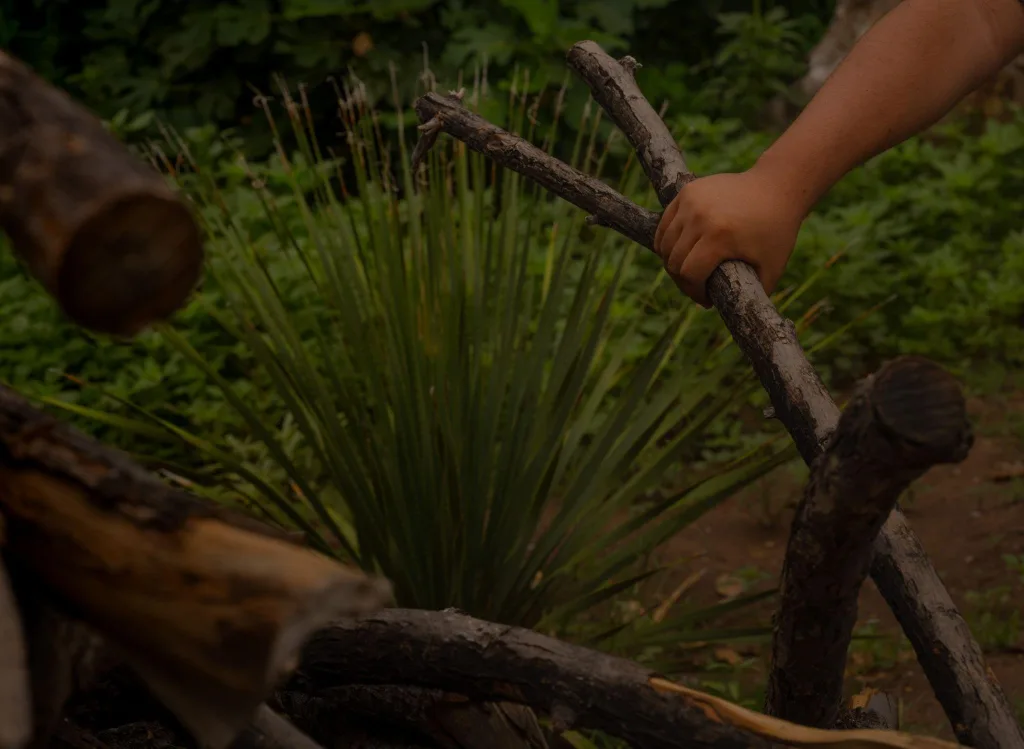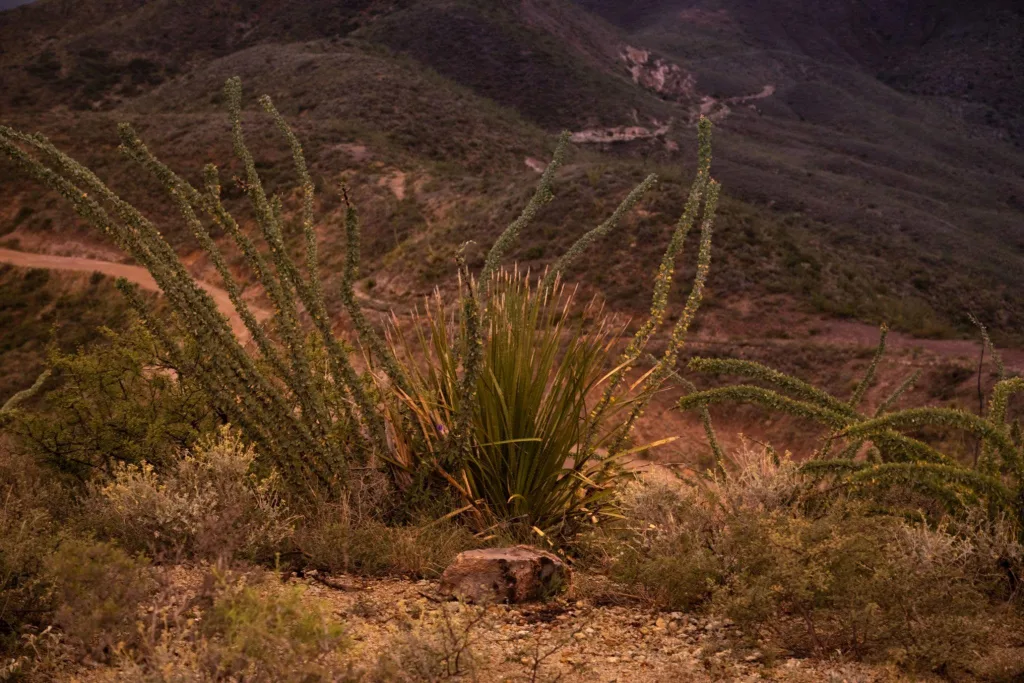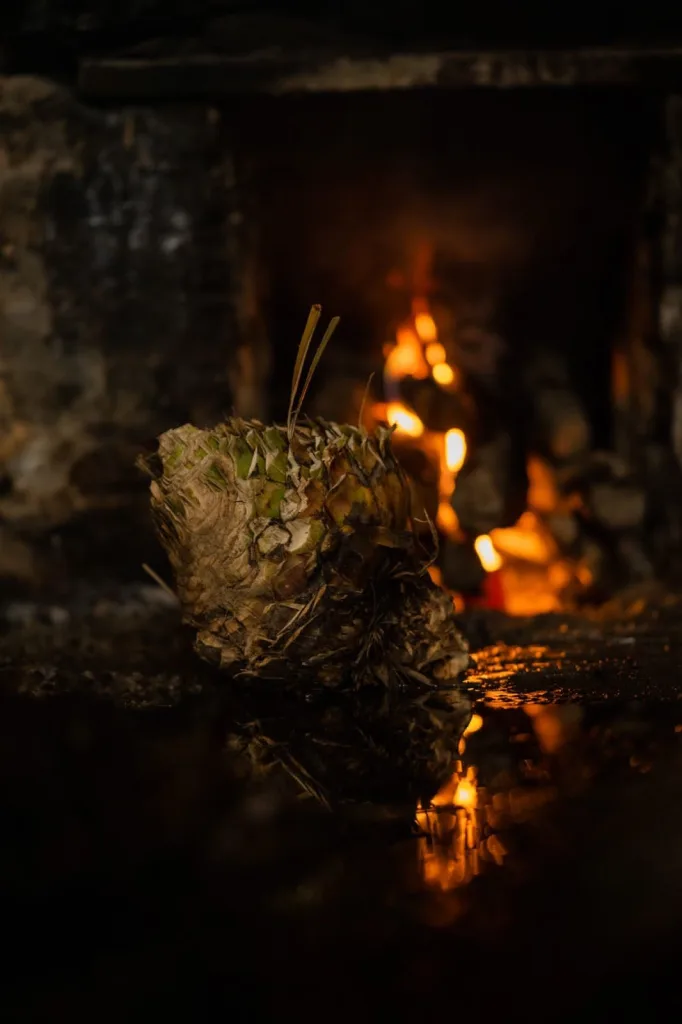The Sotol Plant: Uncovering Mexico's Wildest Spirit's Source
When people picture Mexican spirits, tequila and mezcal usually come to mind first. But sotol is a lesser-known delicacy tucked away in the tough northern Mexico deserts. Made from the wild sotol plant, this spirit has quietly become popular among those seeking something earthy, wild, and really distinctive.
What then is sotol and why is it suddenly creating waves?
Let’s investigate the origins, workmanship, and reasons behind the reputation of this amazing drink as the wildest spirit Mexico has to present!
What is Sotol?
Distilled from the Dasylirion plant, sometimes called the sotol plant, sotol is an artisanal Mexican spirit Though sometimes confused with agave, Dasylirion is a member of the asparagus family and grows extensively over the Chihuahuan Desert. Every bottle of sotol plant alcohol is a result of time, terrain, and history since the plant usually needs 10 to 15 years to grow before it can be used.
Unlike the more commercialized manufacture of tequila, sotol is generally made in small batches utilizing age-old processes handed down through the years. The heartlands of the sotol plant output are Chihuahua, Durango, and Coahuila; each locale gives unique qualities to the resulting spirit.
A Synopsis of Sotol's History
Indigenous people like the Rarámuri and Apache were fermenting sotol plant for ceremonial and medicinal purposes long before Spanish colonists arrived. According to archeological discoveries, the sotol plant was being used and processed more than 800 years ago.
Distillation was brought in during the Spanish colonial era, enabling sotol to develop from a basic fermented drink into a polished spirit. But for most of the 20th century, sotol manufacture stayed local and under control, which resulted in little worldwide knowledge. Reenergized interest in regional and handcrafted spirits in recent years has brought sotol back into focus—this time with more regard for its environmental and cultural heritage.

Making Sotol Drink: Methods
Making sotol is a labor-intensive process anchored in history. It starts with gathering the mature piña, or heart, of the sotol plant. These hearts then roasting in subterranean pits lined with volcanic stones, giving the spirit a delicate, smoky character.
After roasting, the piñas are crushed—usually by hand or mechanical shredder—then the pulp is let to ferment naturally in open-air wooden vats. There are no manufactured yeasts; hence, wild fermentation highlights special flavors.
To get clarity and strength, the fermenting mash is then double-distilled usually in copper or stainless-steel stills. While many variations are bottled right away, others are matured in oak barrels for several months or years to produce smoother, more sophisticated characteristics.
Usually taken from the wild, sotol is not exactly like any two batches. Every captures the particular soil, temperature, and elevation of the region from which it originated.
Describing the taste of Sotol Drink
If you have never had a sotol drink, be ready for something both familiar and totally novel. Often described as green, herbal, and earthy, its taste has faint traces of minerals, white pepper, and smoke.
Others pick distinct desert florals and spice, while some note traces of eucalyptus or pine. While matured varieties (reposado or añejo) are smoother and coated with oak, vanilla, and dried fruit, the younger, unaged versions—joven—often are robust and aromatic. The sotol drink is a favorite among spirit enthusiasts seeking depth and authenticity in their beverages because of its intricacy.
Sotol vs Tequila vs Mezcal
Though all three are classic Mexican spirits, sotol drink is unique in many respects. Made just from Blue Weber agave, tequila is mostly made in Jalisco and a few other places. Though based on agave, mezcal can be created from many varietals and often has a strong smoky character from subsurface roasting techniques.
Made from the Dasylirion plant, sotol grows naturally in the wild and is just found in northern Mexico. Mezcal is smokey and strong; tequila tastes often smooth and lemony. Herbal, hot, earthy with a clean, desert-like finish, sotol strikes a special midway ground.
Furthermore underlined by the production techniques are these differences. Large-scale operations and grown agave are common sources of tequila and mezcal ingredients. Because Sotol uses small-batch manufacturing and wild harvesting, it maintains a degree of authenticity and individuality that is progressively rare in the spirits market of today.
Sustainability and the Challenge of the Wild Harvest
Although the untamed character of the sotol plant adds to its appeal, it raises environmental issues as well. Overharvesting can readily upset ecosystems since every plant takes more than ten years to grow. Demand rises bring genuine risk of depletion. Thankfully, more and more producers are moving toward sustainability.
Some have started transplanting Dasylirion to preserve good numbers. Others choose source plants from cultivated rather than wild areas or follow harvesting limits. Selecting companies that give environmental stewardship top priority helps consumers help to create a more sustainable future for this great spirit.

Tasting Sotol Drink: From Sips to Cocktails
If it’s your first time, especially, drinking sotol neat is the easiest approach to enjoy it. This lets you investigate the several flavor layers and rich mix of smells. A few drops of water can help to open more subdued sounds.
Sotol gives cocktail aficioners countless options. In a margarita, it replaces tequila to provide a more herbal and earthy taste. An old fashion sotol drink offers a familiar yet novel desert touch. For something light and contemporary, mix sotol, tonic, and grapefruit to accentuate the brightness of the spirit.
Combining sotol with cuisine can also be rather fun. Its taste enhances grilled meats, fiery Mexican cuisine, even dark chocolate desserts, therefore enhancing its adaptability for many types of dining.
FAQ: All You Need to Know About Sotol Drink
- What is Sotol made from?
Native to northern Mexico, the desert shrub Dasylirion is used to distill sotol. Though it is sometimes confused as such, it is not an agave spirit.
- What sets sotol apart from tequila and mezcal?
Though produced mostly in Chihuahua, Coahuila, and Durango, sotol hails from a distinct plant family. Its taste is more earthy and herbal than either the smokiness of mezcal or the sweetness of tequila.
- Is sotol legal in America?
Indeed, sotol can be imported and marketed in the United States; some Texas-based distilleries are now making their own variations utilizing like methods.
- Does sotol drink fall into several age ranges?
Sotol, like other alcoholic beverages, is legally restricted to adults—typically those 21 and older in the U.S. and 18 or older in Mexico, where it originates.
- Does the sotol plant create a sustainable spirit?
It is plausible. Now, replanting Dasylirion, following harvest restrictions, and applying environmentally friendly distillation techniques to preserve natural resources, responsible farmers can find it sustainable.
Knowing Your Drinking Quality Sotol
Check the bottle for origin certification and openness on manufacturing techniques to be sure you are drinking the real deal. Usually manufactured in small quantities by independent distilleries, authentic sotol originates from northern Mexico.
Many respected manufacturers will also include information on their fermenting and harvesting techniques, therefore enabling you to value the workmanship in every drink.

Conclusion
Sotol is a symbol of the raw, untamed settings of Mexico and the legacy of its desert inhabitants, not only a drink. Sotol should be on your shelves whether your search is for something fresh and distinctive or for handcrafted spirits. This sotol drink is unlike anything you have ever tasted, from its distinctive flavor to its environmentally friendly manufacturing.
Knowing what sotol is now will help you to taste this desert spirit yourself!
